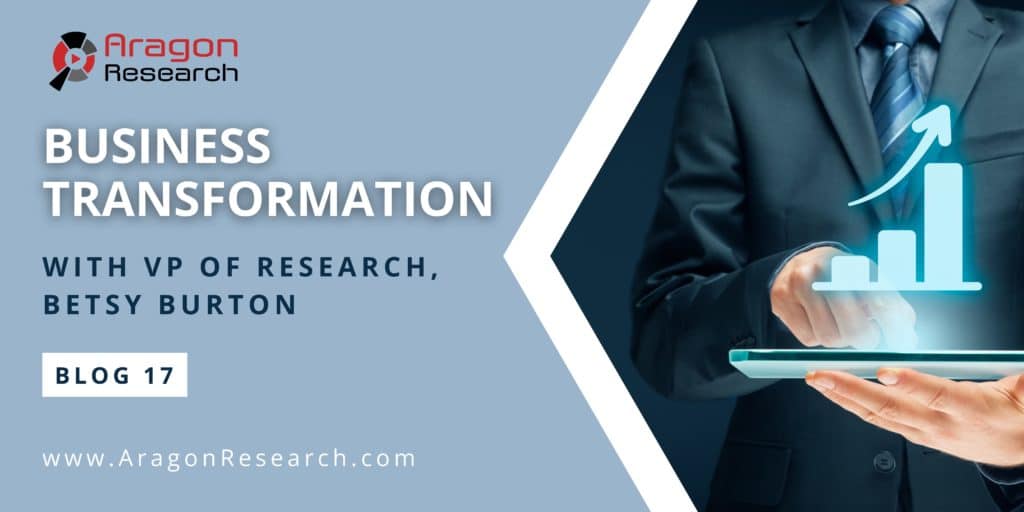
TOGAF as a Business Architecture Framework Has a Core Flaw
I am sure that there are some traditional Enterprise Architecture leaders who are going to react to the title of this article.
TOGAF (The Open Group Architecture Framework) has been used as one of the leading architecture frameworks for years. It defines and guides how some organizations approach enterprise architecture.
However, it has a significant flaw in it that will always make it challenging in today’s business driven environment.
Before all of you long time EA practitioners send me hate mail, hear me out.
The Strengths of TOGAF
The Open Group is a consortium of very established organizations, including vendors, technology providers and government agencies. For many organizations that are trying to reconcile, manage and evolve their IT systems, these frameworks have provided the methods and techniques that help them approach defining their enterprise architecture, or rather their IT architecture.
TOGAF is based on a very straightforward structure, the architecture development method (ADM). The on-going work of the Open Group has been to flesh-out this structure into great detail; defining principles, decision frameworks, models and methods to help organizations document their enterprise (primarily technology) environment and guide change.
The Open Group has also worked on detailing business architecture over the past ten years.
The Challenge with TOGAF in Terms of Business Architecture
At its roots (see figure 1), TOGAF is focused on reconciling and integrating business and IT systems. It starts with a primarily IT view of the business and continues with an architecture-centric approach to supporting enterprise architecture.
This is a 1990s view of business and technology and does not reflect our technology-enabled businesses of today. It is the foundation of TOGAF, and it would take a radical business transformation for it to change this perspective.
Architecting your business enterprise today is not about business versus IT. Its not about “aligning” or even “integrating” business and IT. Your enterprise architecture must start, continue, and end with a business view, not IT.
Everything in your enterprise architecture must be driven by and guided by the business strategy, context, ecosystem, including architecting the organization, processes, information, and technology.
How Should Business Architects Use TOGAF?
For years I’ve been telling people that they should use any enterprise architecture framework as a guide, like a cookbook.
I use a cookbook to help me figure out what and how ingredients might work together to get my desired outcome. But I never follow the cookbook exactly because I’m going to have specific needs, wants and limitations. Use EA frameworks as a suggestion of how you might approach EA, don’t just try to follow them blindly.
But more importantly, recognize how they reflect an approach and a view towards business that won’t or shouldn’t reflect how to think about technology-enabled business today.
Start with your business strategy, goals and vision. Define your future state as a business, and then determine the people process information and technology needed to support that future state. Use this to help guide your architecture work. Don’t start with an architectural or IT view, start and stay with a business view.
Bottom Line
There are a number of similar EA frameworks, including a plethora of both US and international frameworks. Use them as you find them valuable.
Based on my surveys and research I find that 80+% of organizations use a hybrid approach. In other words, a little of various framework and a little of homegrown approaches to EA.
However, in today’s environment in which everything is about business and technology working in concert; lockstep. It is important to recognize the perspective these frameworks have toward business and IT. And, to understand how that legacy perspective may be continuing to adversely affect your business-driven architecture efforts.
UPCOMING WEBINAR
Good Governance Fuels Business Transformation
The biggest challenges organizations face with business transformation are largely people issues; lack of leadership, vision, management and purpose.
Defining strong governance is critical to ensuring people know why, what and how to transform. In this webinar we will discuss how organizations support business transformation and introduce Aragon Research’s governance framework.
Join us for this lively discussion and learn how you can use good governance to fuel business transformation.
- How has governance changed in a post pandemic environment?
- What are the core elements of good governance?
- How do leaders apply Aragon Research’s Governance Framework to their business?